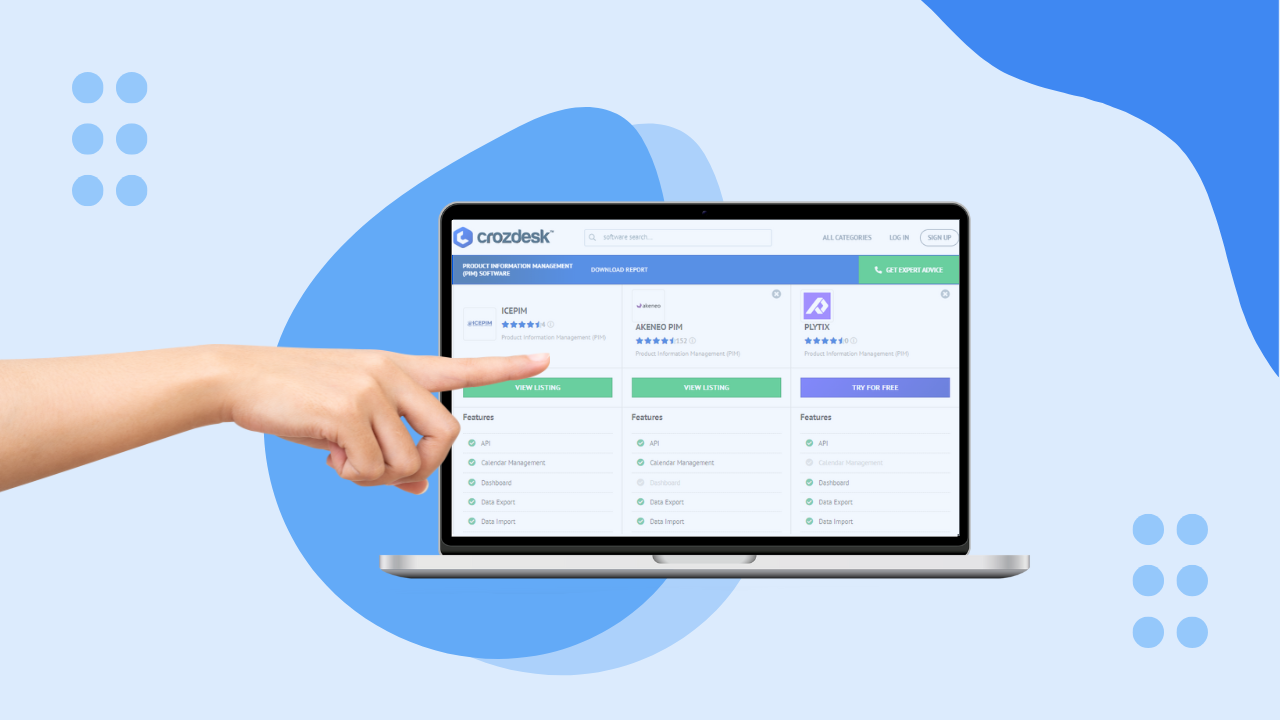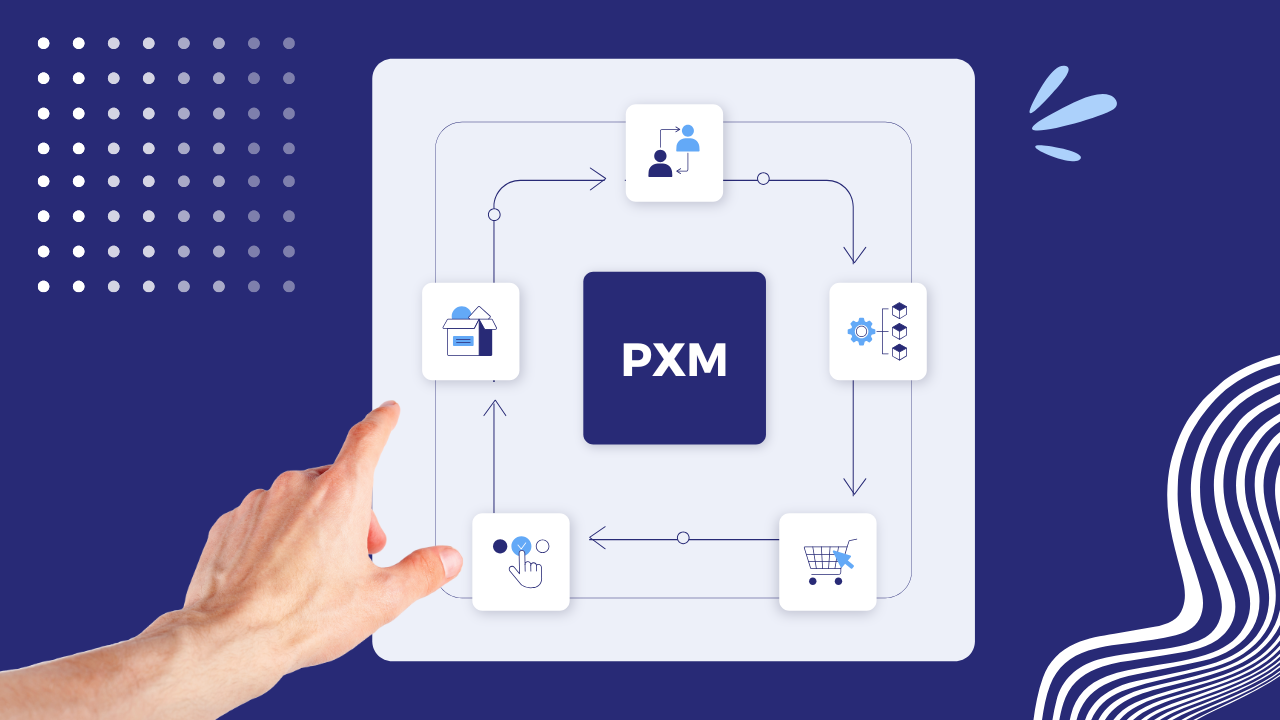If we look at the Crozdesk comparison matrix of Icecat Commerce versus Akeneo PIM vs Plytix PIM, it becomes immediately obvious that Icepim is covering all key PIM requirements. Is Icecat PIM, and the Icecat Brand Cloud, therefore one of the best-kept secrets of the industry? Maybe it is. Probably the lack of visibility was caused by the fact that it could lean on its best-in-class Icecat integration. Benefiting from the visibility of Icecat as a unique open content data source. The Icecat Commerce team definitely didn’t spend much time on press buzz, but instead on diligently creating version after version. To meet the evolving needs of client projects.
Icecat PIM is the most feature-rich
Comparing Icecat PIM with Akeneo and Plytix: what they all share is – of course – the basics: a product catalog as the central database, an API, necessary for enabling external integrations, and data import and export tools in the user interface. It is the completeness of advanced features that sets Icecat PIM apart from its alternatives. Plytix doesn’t support calendar management and scheduling of jobs and has no third-party plugins or SAP integration like Icecat PIM has. Also, Akeneo PIM doesn’t have a standard SAP integration or scheduling function. Further Akeneo has no standard dashboard and data visualization environment.
Visibility through add-ons
Although Icecat PIM has a quickly growing list of clients, it still needs to work on its general visibility. But, its philosophy is not to invest in pay-to-play schemes as they are inherently misleading. Till now Icecat PIM leans on its growing number of add-ons to popular e-commerce environments such as Amazon, Google, Woocommerce, PrestaShop, Shopify, and Magento Commerce, and to 100s of vendors. And maybe that is also the best way to go in an integrated, syndication-driven world. Can a great product, being the most feature-rich on Crozdesk, still sell itself?



